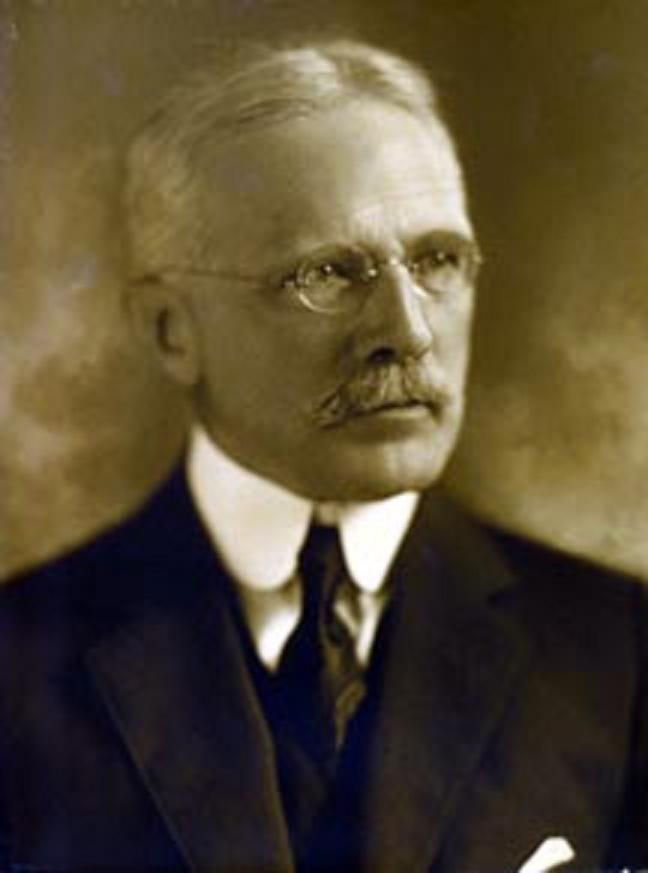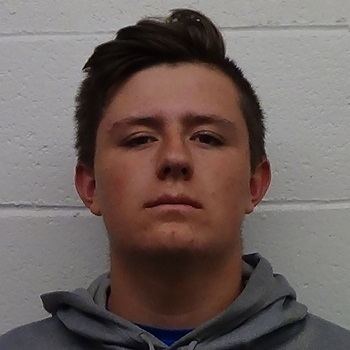Name William Gwinn | ||
 | ||
William Gwinn (Guinn, Guin) (1755-) was an African American from Boston, Massachusetts. He was one of the first black Americans to participate in the antebellum American Back-to-Africa movement under the auspices of Captain Paul Cuffe's 1815 voyage to Sierra Leone.
Contents
- Early life
- The journey
- Settlement
- Integration with 1792 Nova Scotian Settlers
- Later years and descendants
- References

Early life
Little is known of Gwinn's early life. Presumably he was previously enslaved to the Massachusetts Gwinn family or had immigrated from the Southern states after being emancipated. By the early 1800 he was a free black and lived in antebellum Massachusetts. He was listed in the 1810 census as a resident of Boston Ward 1 in Suffolk County, Massachusetts. He was described as being of the 'Methodist order' and as being "from Boston" by Paul Cuffe.
The journey
In 1815 and at age sixty, Gwinn decided to immigrate with his fifty-six-year-old wife Elizabeth and seventeen-year-old daughter Nancy Gwinn to Sierra Leone. The Gwinn family was one of eight families to emigrate to Sierra Leone under the auspices of Captain Paul Cuffe. Cuffe, a man of Native American and African American ancestry, had visited Sierra Leone in 1811 to assess whether he'd like to immigrate there. His Native American wife, however, did not want to leave the land of her ancestry. He returned four years later with 38 African Americans.
The emigrants, mainly Bostonians, were the first black Americans to immigrate on a large scale directly from the United States to Africa. The Gwinns traveled in Cuffe's Traveller to Sierra Leone and did not pay for expenses. They were expected to work on Governor Charles MacCarthy's farm once they arrived in Sierra Leone. According to records in the Massachusetts Historical Society, William Gwinn traveled to Sierra Leone "with his wife and two Children."
Settlement
The group arrived in Sierra Leone about the end of January or early February. Cuffe wrote to the African Institution in London's William Allen on April 1, 1816 to let him know that homesteads had been acquired for the settlement. Gwinn worked a 10-acre farm with 5 families from Boston.
29 people that were going to work the 10 acres together included:
Another settler was David George, a Baptist preacher who had escaped enslavement and then traveled to Nova Scotia before emigrating to Sierra Leone.
The same year, Gwinn's daughter Nancy married George Davis, the African born son of African American parents who had immigrated via Nova Scotia (under the auspices of John Clarkson) to found Freetown, Sierra Leone in 1792.
Integration with 1792 Nova Scotian Settlers
Most of the 38 emigrants integrated with the original founders (known as the Settlers of the Colony of Sierra Leone who had arrived in 1792).
Later years and descendants
Little is known of what became of Gwinn himself; however a letter from other colonists indicated that 'Friend Gwinn' had a lost a leg since arriving in Sierra Leone. Gwinn likely settled in Settler Town as that was where the original "American emigrants reside."
The Gwinns have descendants in Sierra Leone and the United States through the union of George Davis I to Miss Nancy Gwinn in 1816.
